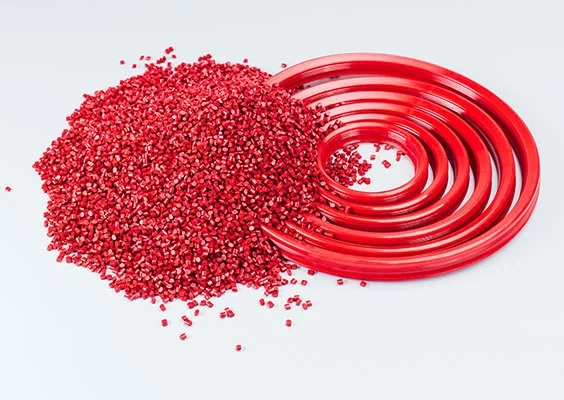-
Homepage
-
Sealing knowledge
- What are static and dynamic seals?
What are static and dynamic seals?
Have you ever wondered what the difference is between static and dynamic seals and their uses in sealing technology?
Seals find their applications in a vast array of sectors. Whether as a simple sealing set in a hydraulic cylinder, as a rotary seal in a mill, in rolling mills or even in domestic households as an O-ring in a faucet, for example. The scope of application is varied, as are the different types of seals. Wipers, rod seals, flat gaskets, O-rings, and much more.
There is a specific type of seal and material for every application. They ensure that machines and equipment operate flawlessly or prevent hazardous substances from leaking. These types of seals are categorized into many subtypes. Among these are static and dynamic seals. But what is the difference between them? In the following blog post, we aim to give you a closer insight into this topic. Read more seal information and explore our application areas for seals.
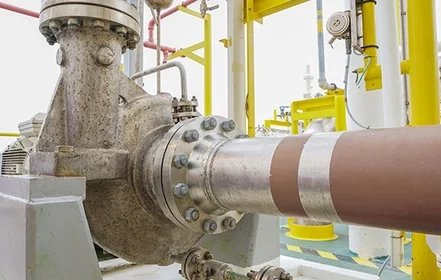
What is the role of seals?
Seals and gaskets are used to separate two rooms with different contents. This is intended to reduce or even prevent the exchange of solid, liquid or gaseous elements.
They can prevent the escape of hazardous substances, for example, with the help of sealing technology. Toxic, corrosive liquids can otherwise be a danger to the environment and employees. Gaskets can also protect the sensitive inner workings of a machine from contamination. In this way, the penetration of dirt, dust or moisture is inhibited.
In addition, seals play a significant role in the service life of systems. With direct contact of metal parts, the wear would be significantly higher. The interplay of entire sealing sets determines the durability of the devices.
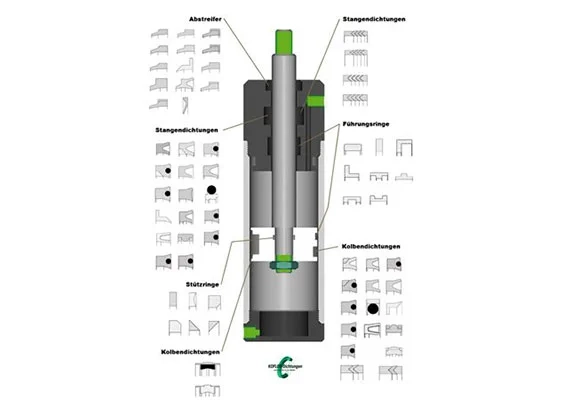
What is a static seal?
A static seal is inserted between two immovable components. Its task is to prevent the transfer of substances. With static seals, the surfaces to be sealed are in constant contact. Therefore, the rate of leakage is relatively low.
Static seals require a minimum necessary clamping force and must not exceed a maximum allowed pressure, aspects that vary depending on the type of seal, material, and manufacturer. Additionally, the pressing forces between the sealing material and the parts to be sealed can be higher as there are no frictional forces like those in dynamic seals.
Static seals can be applied purely by external forces, such as in the case of flat gaskets. In contrast, pressure-activated static seals, like O-rings, experience an increase in sealing pressure proportional to the system pressure
Areas of application of static seals
Typical areas of application for static seals include the sealing of flanges, valves, plates, or closures. Flat gaskets are frequently used for these purposes. Depending on the application, a variety of technical materials are utilized for these seals.
Among the most common are aramid fiber materials from companies like Frenzelit and Klinger, or flat gaskets made from NBR. Flat seals made of FKM, EPDM, polytetrafluoroethylene (PTFE), graphite, or even sealing paper are also employed.
O-rings are also commonly used as static seals. They effectively seal almost all liquid and gaseous substances. They are available in elastomeric and other materials. Depending on the application, support rings are often incorporated with O-rings to enhance their pressure resistance and prevent gap extrusion.
Support rings are primarily made of PTFE or PU. Interestingly, static seals also encompass non-detachable connections such as welded, soldered, glued, or pressed connections. Static seals find applications across various industrial sectors, including turbine construction, hydroelectric power plants, heavy chemistry, and the pharmaceutical industry, among others.
What is a dynamic seal?
Dynamic seals derive their name from the movement to which they are exposed. Their purpose is to seal between two components that move relative to one another, thereby preventing or limiting substance exchange to an acceptable level.
A sealing gap is often inevitable, but it can be advantageously utilized. For instance, lubricant can be introduced into it during operation. The elements to be sealed can come into contact with each other in dynamic seals just as they do in static seals.
However, there are also non-contact seals that operate without the mechanical contact between the two parts and sealing materials. The service life of the seal is notably high – but so is the leakage.

Get in touch with us!
We perform best under pressure! Personalized advice for the highest demands and a fast delivery guarantee ensure your satisfaction. Contact our sealing experts.
We look forward to your inquiry."
Areas of application of dynamic seals
The use of dynamic seals is dependent on the following factors:
- Translational, rotational movement, or a combination of both
- Movement speed (rotational speed or stroke speed)
- Medium to be sealed (oil, air, water, etc.)
- Level of sealing performance required
- Temperature differential
- Magnitude of pressure differential
- Effort required for installation
- Costs
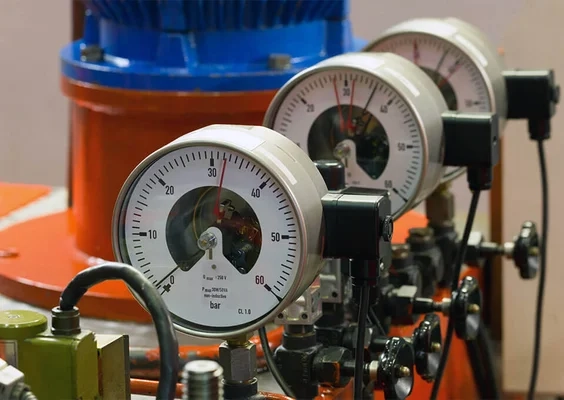
What types of seals are there in sealing technology?
Rubber Seals
Rubber seals are a general term for all seals made of rubber (e.g., NBR or EPDM). Examples include flat gaskets, profile seals, shaft seals, etc.
Support Rings
O-rings often receive support from support rings. They are mainly used under high pressure conditions to prevent extrusion into the seal gap (gap extrusion).
Wipers
Wipers protect hydraulic and pneumatic cylinders from the ingress of dirt and dust.
Hydraulic Seals
Hydraulic seals are utilized in all hydraulic applications, for instance, in simple hydraulic cylinders, elevators with hydraulic motors, vehicle braking systems, etc. Grooved rings, such as rod seals, are employed in pneumatic and hydraulic cylinders. What exactly are hydraulic seals? Also view pneumatic seals.
Guide Rings
Guide rings and bands lead the piston and piston rod in a hydraulic cylinder, ensuring smooth and straight movements.
Piston Seals
Piston seals in hydraulic cylinders function as fluid seals. Their job is to seal the piston against the cylinder tube.
Rotary Seals
Rotary seals, such as mechanical seals, radial shaft seals (e.g., shaft seal, Simmerring) or V-rings are found in rotating or oscillating components to keep lubricant within the system and prevent the intrusion of dirt and water.
Rod Seals
Rod seals are used in pneumatic and hydraulic cylinders to seal the retracting and extending piston rod at the exit point from the cylinder. Rod seals often feature asymmetrical groove rings. The outer ring is fixed to the cylinder head, providing a static seal outwardly, while a reduced sealing lip inside towards the moving piston rod ensures a dynamic seal. Depending on the design, the pressure should be applied from one side only, hence they are referred to as single-acting seals.
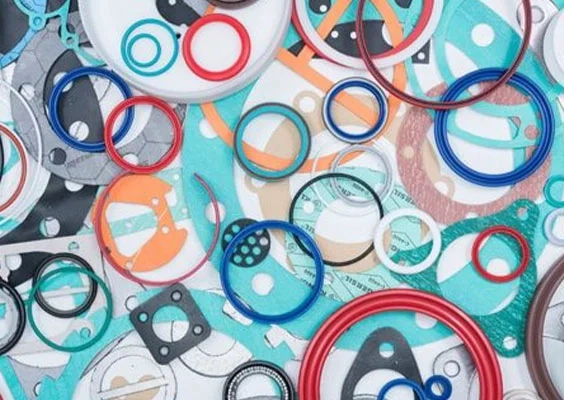

Get in touch with us!
We perform best under pressure! Personalized advice for the highest demands and a fast delivery guarantee ensure your satisfaction. Contact our sealing experts.
We look forward to your inquiry."
Sealing Materials
A wide variety of materials are used in the manufacturing of seals and gaskets. Their specific properties, such as durability, hardness, elasticity, resistance to chemicals, and the temperatures they can withstand, play a critical role depending on the application of the seal.
The mechanical and technological characteristics of an elastomer blend are also critical in material selection. Seals can be made from the following materials:
- PU (Polyurethane) Seals
- EPDM Seals
- Silicone Seals
- NBR Seals
- Viton® Seals
- FFKM/FKM Seals
- PTFE and PTFE Compound Seals
